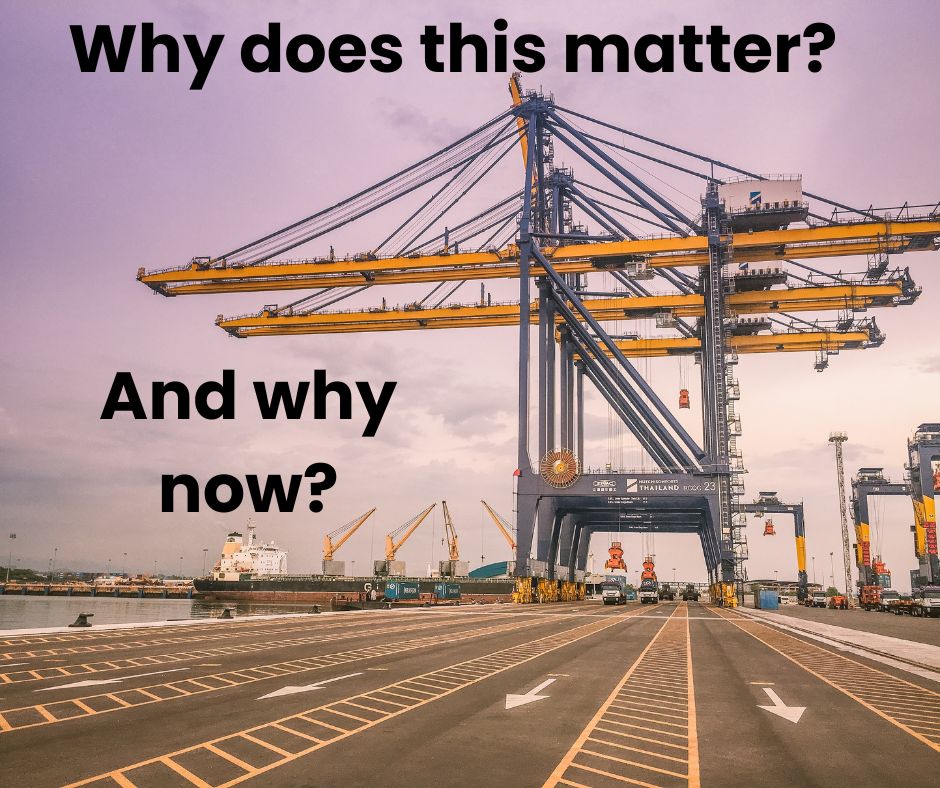Freight, Fees & Fallout: A 2025 Guide for SMEs

Why This Matters – And Why Now
If you are an SME or sole trader moving goods across borders—whether importing raw materials, finished products, or exporting goods overseas—what is happening in global trade right now is more than just background noise. It directly affects your bottom line.
In 2025, the pressure on supply chains has intensified: congested ports, rising freight costs, trucking bottlenecks, labour tensions, and shifting regulations are creating an unpredictable and costly environment for anyone moving goods in or out of the U.S.
Moreover? A new wave of tariffs introduced by the Trump administration. These tariffs, targeting imports, are not only raising the direct cost of goods, but also compounding delays, rerouting demand, and destabilising long-standing supplier relationships. For SMEs, this is not just a policy headline—it is a line-item issue. Costs are rising, and the ripple effects are being felt across sourcing, shipping, warehousing, and fulfilment.
For smaller businesses, this is uncharted territory—because these kinds of disruptions used to be someone else’s problem.
That has changed.
As a result of the Tariffs, SMEs (importers) are absorbing demurrage fees, paid extra for chassis rentals they did not expect, missed delivery windows due to port delays or trucking shortages, or simply struggled to find warehouse space when their inventory did not move as planned.
And now, tariffs are driving up landed costs even before these goods hit the warehouse floor—putting further pressure on margins already strained by logistics volatility.
When all this hits at once—costs go up, cash flow tightens, customers feel the delay, and financial planning becomes reactive instead of strategic.
We will be releasing a 10-part series that breaks down the situation in real terms, providing clear insights into what is happening and how it directly impacts your business —clear facts, actual cost breakdowns, and step-by-step strategies designed specifically for SMEs and growing businesses.
We cover:
- Why port congestion is persisting and how it affects your container movement
- What demurrage, detention, and chassis fees really mean for your budget
- The risks of labour strikes, trucking shortages, and equipment delays
- The rising cost of warehouse space and how to manage it
- Why compliance errors are more expensive than ever
- How currency swings are affecting landed costs
- The impact of 2024–25 tariffs on pricing, supplier decisions, and trade routes And finally—a practical and easy to digest resource to help you plan smarter and stay ahead
This is not about fear—it is about awareness and control. Small businesses are already absorbing these costs without realising the full picture. Others are reacting too late. You do not need to become a freight expert but knowing how these issues affect your operations is now part of running a resilient business in 2025.
The goal is simple: help you understand what is happening, show you what it means, and give you steps to make informed, initiative-taking decisions—whether you ship two containers a year or two a week.
